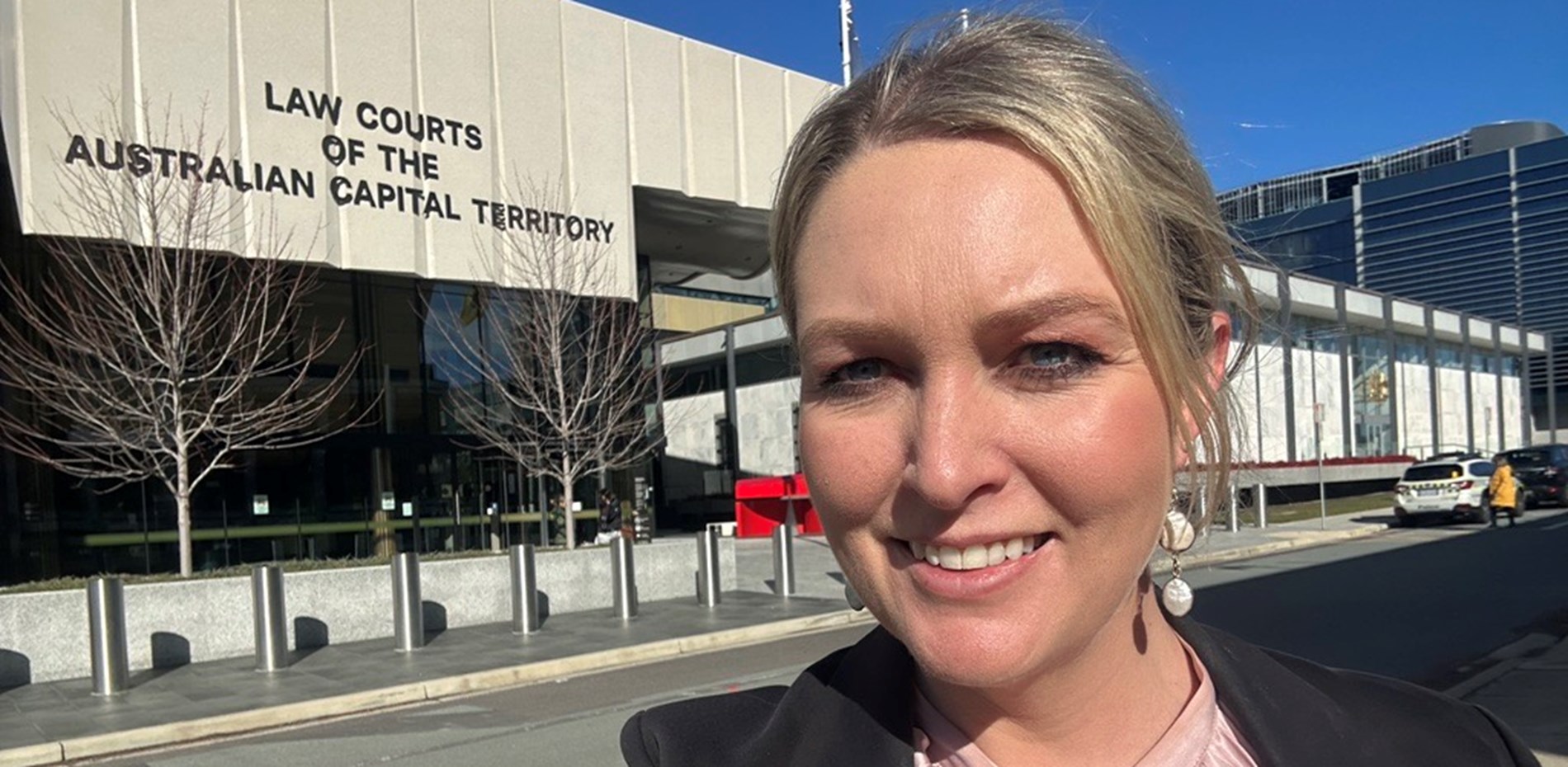
28 June 2023
On Wednesday 28th of June, I moved a motion in the Legislative Assembly calling on the ACT Government to investigate how the scope and eligibility criteria of restorative justice can be expanded in the ACT, and also look at how the Government can increase education and awareness of restorative justice pathways for victims of crime.
In my conversations with local professional organisations, support services and academics, I keep hearing the same thing. The traditional criminal justice system is not working for victim-survivors. Statistics back this up – just 2.8% of sexual offense complaints proceed to charge within an acceptable period of time according to the Justice and Community Safety Directorate’s (JACS) 2021-22 annual report.
This is clearly unacceptable. Something needs to be done to provide a voice and an alternative to the complex and often unsupportive justice system, especially for victims of sexual and family violence. Expanding the scope of the restorative justice system offered in the ACT affords us the opportunity to support victim-survivors and amplify their voices.
The ACT's restorative justice system has already made fantastic progress, with the Justice and Community Safety Directorate’s Restorative Justice Unit having started receiving referrals for family offences according to the 2021-22 JACS Annual Report but currently it is not a true alternative to the criminal justice system, but rather embedded within it.
I am proposing that the ACT Government looks at the potential of exploring restorative justice as an alternative justice pathway with a focus on community based restorative justice for sexual violence.
I think we have an excellent opportunity now to publicly endorse restorative justice as an effective alternative to the criminal justice pathway. It’s time to provide greater awareness and education around eligibility and access to restorative justice and what it means for victims of crime.
I hope this motion is a turning point in what we think when it comes to the justice system. We can create better, safer and more interconnected communities with restorative justice.


